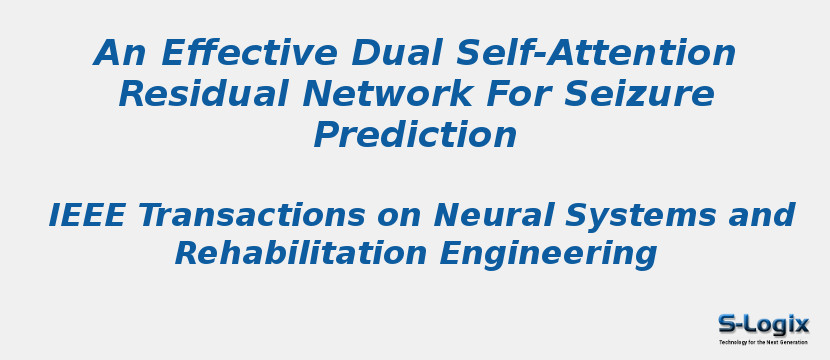Research Area: Machine Learning
As one of the most challenging data analysis tasks in chronic brain diseases, epileptic seizure prediction has attracted extensive attention from many researchers. Seizure prediction, can greatly improve patients quality of life in many ways, such as preventing accidents and reducing harm that may occur during epileptic seizures. This work aims to develop a general method for predicting seizures in specific patients through exploring the time-frequency correlation of features obtained from multi-channel EEG signals. We convert the original EEG signals into spectrograms that represent time-frequency characteristics by applying short-time Fourier transform (STFT) to the EEG signals. For the first time, we propose a dual self-attention residual network (RDANet) that combines a spectrum attention module integrating local features with global features, with a channel attention module mining the interdependence between channel mappings to achieve better forecasting performance. Our proposed approach achieved a sensitivity of 89.33%, a specificity of 93.02%, an AUC of 91.26% and an accuracy of 92.07% on 13 patients from the public CHB-MIT scalp EEG dataset. Our experiments show that different EEG signal prediction segment lengths are an important factor affecting prediction performance. Our proposed method is competitive and achieves good robustness without patient-specific engineering.
Keywords:
Author(s) Name: Xinwu Yang; Jiaqi Zhao; Qi Sun; Jianbo Lu; Xu Ma
Journal name: IEEE Transactions on Neural Systems and Rehabilitation Engineering
Conferrence name:
Publisher name: IEEE
DOI: 10.1109/TNSRE.2021.3103210
Volume Information: ( Volume: 29) Page(s): 1604 - 1613
